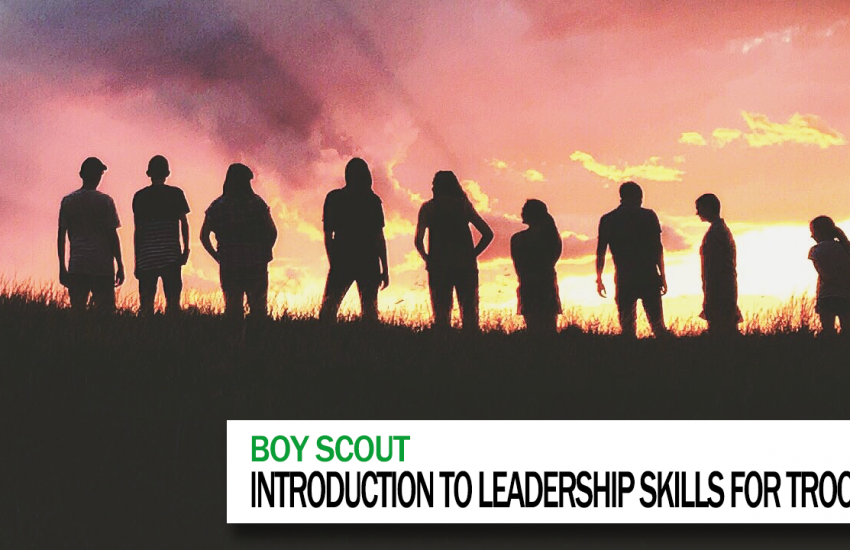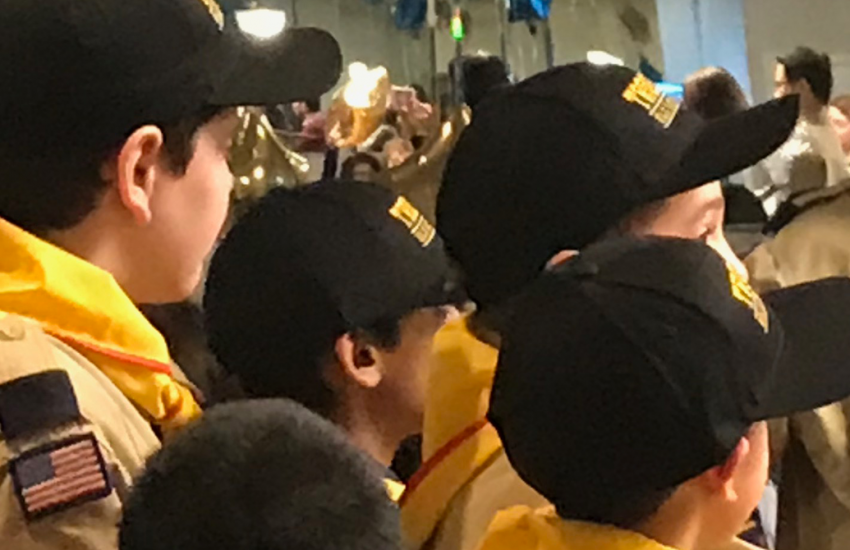ILST or Introduction to Leadership Skills for Troops is intended to help Scouts in leadership positions within their troop understand their responsibilities and to equip them with organizational and leadership skills to fulfill those responsibilities.
Show Notes:
- ILST Syllabus for download from BSA (free download)
Transcript:
ILST or Introduction to Leadership Skills for Troops is a course that is staffed and taught in your local troop. The purpose ILST is to teach Scouts with leadership positions about their new role, and is best planned soon after scouts take on new roles in the troop.
It is intended to help Scouts in leadership positions within their troop understand their responsibilities and to equip them with organizational and leadership skills to fulfill those responsibilities.
The orientation gives the Scouts an immediate overview of their obligations and opportunities as leaders and sets them on the right foot toward success. In most cases, the Scoutmaster is the one who can most effectively conduct this orientation for the senior patrol leader and other new troop leaders. The Scoutmaster may call on other adults or youth leaders to conduct the orientation for each troop position.
Upon completion of Introduction to Leadership Skills for Troops, the Scout is qualified to wear the “Trained” emblem on his uniform.
But lets give you a little perspective of what ILST is all about. Firstly, it’s a free training resource you can download as a guide running the course.
While it is suggested that each activity in the workbook is done, depending on the makeup of your troop you may spend less or more time on a particular theme. In some instance, in my troop, we have removed a section or two and added a section to better fit out troop.
ILST is organized into three modules, each of which should take 60 to 90 minutes to complete, with additional optional games and challenges to enhance the leadership lessons of the course.
- MODULE ONE—TROOP ORGANIZATION includes a description of each leadership position in the troop, including roles and responsibilities, troop organization, and introductions to vision and servant leadership.
- MODULE TWO—TOOLS OF LEADERSHIP covers some core skill sets to help the Scout lead, including communicating, planning, and teaching.
- MODULE THREE—LEADERSHIP AND TEAMWORK incorporates additional leadership tools for the Scout, including discussions of teams and team characteristics, the stages of team development and leadership, inclusion/using your team, a more in-depth review of vision, and ethics and values of a leader.
ILST is a good opportunity to distribute the responsibilities of presenting the materials. In our troop, we gave the assistant scoutmasters the options of what sections they would deliver, and the opportunity to craft it to their particular style.
We presented the course in a horseshoe configuration with a large screen at the front of the room.
We also has some sections within the course that some of our more senior scouts presented, as they had been through the course before, adding to the variety of the presented materials.
Much of the course material is supplemented with games and activities, and at the outset, you might think these are time wasters, but the reality it they really help to reinforce the course materials.
Another thing we did was have frequent breaks. For our course, we started about 10am, brought in tacos for lunch that was paid for by the troop and took an additional break at the end of each module. I believe this makes the content more digestible in a time where attention span is at a premium.
It is suggested the course is run every time you have a major leadership change. While we have strived for this, it has been difficult, and we try and run the course once per year. It’s not ideal, but as there is overlap of leaders from cycle to cycle, for us it’s been enough.
If you currently haven’t run this training, I would suggest checking it out, it really does add to the overall program.
But this is what works for us.
Take what you like and leave the rest, and as we say in Woodbadge, feedback is a gift, leave yours below in the comments, with the hope we can all learn together.
I’m Scoutmaster Dave, and this was ILST training.




